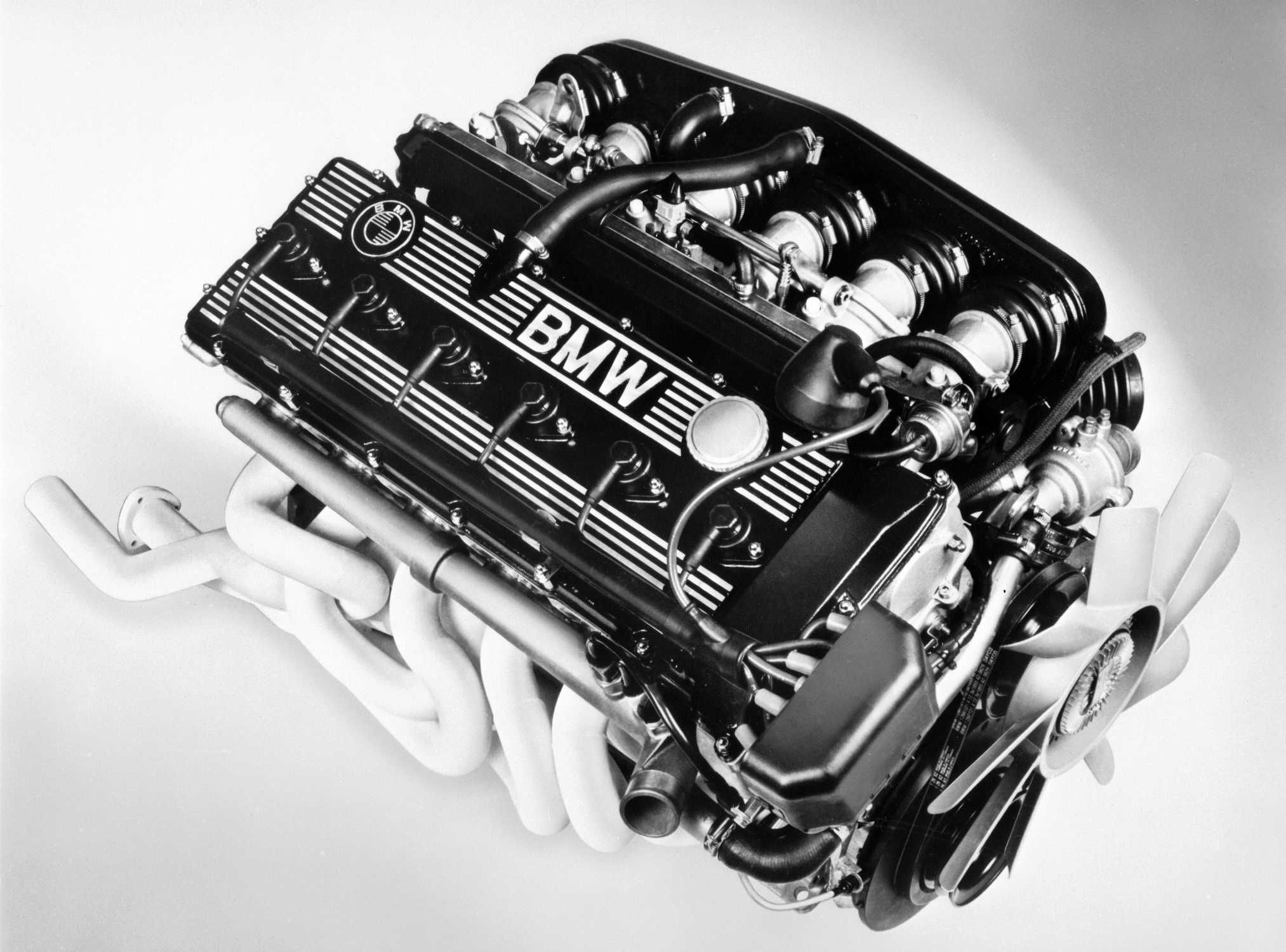A Comprehensive Overview to Comprehending BMW Engine Specifications
A Comprehensive Overview to Comprehending BMW Engine Specifications
Blog Article
Discovering the Evolution of Burning Engines in Modern Transportation Systems
As we browse the landscape of modern-day transport, the development of combustion engines stands as a testimony to human ingenuity and design expertise. The interaction of history, modern technology, and ecological worries in shaping the trajectory of burning engines produces a story that is both engaging and informative.
Early Beginnings of Combustion Engines
How did the concept of burning engines first arise in the onset of transport advancement? The origins of combustion engines can be mapped back to the 17th century when the concepts of internal burning were initial checked out. In 1673, Christian Huygens conceptualized a fundamental interior combustion engine that used gunpowder to create power. It had not been till the late 19th century that practical applications of burning engines in transportation started to arise.
The innovation minute included the innovation of the very first successful gasoline-powered engine by Karl Benz in 1885 - bmw engine. This engine led the way for the advancement of the modern-day car, revolutionizing transport systems worldwide. Succeeding innovations by Nikolaus Otto and Gottlieb Daimler better refined burning engine innovation, resulting in the automation of vehicles and the rapid expansion of the transport sector
These very early burning engines were defined by their simpleness and performance, laying the foundation for the facility and powerful engines utilized in modern-day transport systems. The advancement of burning engines has been instrumental in forming the method we travel and deliver products, marking a substantial landmark in the background of transportation development.
Shift to Internal Combustion Modern Technology
The change to inner burning innovation marked a pivotal shift in the evolution of transport systems. This shift started in the late 19th century, with developers like Nikolaus Otto and Gottlieb Daimler developing the very first successful inner burning engines. These engines changed transportation by providing an extra effective and powerful option to heavy steam engines and electric motors.
One of the crucial benefits of inner burning engines was their capability to be scaled down to match automobiles, resulting in the advancement of automobiles and motorbikes. This shift from large, fixed engines to compact, mobile ones led the way for the contemporary transportation systems we see today.
The shift to interior burning technology likewise spurred improvements in gas innovation, bring about the growth of fuel and diesel as main gas resources for cars. This shift not just made transport a lot more accessible to the masses yet also laid the foundation for the oil and gas sector to become integral to international economies.
Effect of Combustion Engines on Transportation
The adoption of burning engines in transport systems catalyzed a profound change in the effectiveness and rate of global mobility. Combustion engines changed transportation by supplying a trustworthy and functional source of power for different lorries, consisting of autos, planes, vehicles, and ships. This advancement significantly enhanced the ability for people and goods to relocate over fars away in shorter timespan, resulting in boosted connectivity in between areas and nations.
Moreover, the extensive use of burning engines has had a significant effect on financial growth. The capacity to transport items effectively has stimulated trade and business, allowing services to increase their markets and reach consumers worldwide. This has assisted in financial development and globalization, as items can now be read this article transferred much faster and in bigger quantities than ever.
Nevertheless, the ecological influence of combustion engines can not be forgotten. The burning of fossil gas has actually led to air contamination and greenhouse gas exhausts, contributing to environment modification and presenting health and wellness risks to populations. bmw engine. As an outcome, there is a growing focus on developing alternate propulsion modern technologies to minimize these adverse effects and develop a more lasting future for transportation
Innovations in Burning Engine Layout
One significant development is the growth of turbocharged engines, which use exhaust gases to drive a wind turbine that compresses inbound air, enabling for more gas to be burnt, resulting in enhanced power output without a substantial rise in engine size. Variable valve timing systems have likewise revolutionized engine layout by enhancing air movement at various engine rates, improving both power and effectiveness. These innovations collectively add to the continuous renovation of burning engines in modern-day transport systems.
Future Trends in Combustion Engine Advancement
With innovation innovations driving constant technology, the future of combustion engine development is poised to revolutionize transport systems internationally. One of the key fads in combustion engine development is the push towards better efficiency and minimized emissions.
Another noticeable trend is the adoption of crossbreed innovations in combustion engines. Hybrid engines incorporate standard burning innovation with electrical power, check that offering enhanced fuel effectiveness and reduced emissions. As the automobile sector changes towards electrification, crossbreed burning engines are seen as a transitional solution that connects the gap between standard vehicles and totally electric ones.
Moreover, the integration of smart technologies, such as expert system and information analytics, is expected to play a considerable function in the future of combustion engine advancement. These innovations can maximize engine efficiency in real-time, leading to much more effective burning procedures and improved overall car performance. Welcoming these future patterns will not only drive advancement in combustion engine advancement yet additionally add to a much more environmentally friendly and lasting transportation ecosystem.

Final Thought
In verdict, the development of burning engines in modern-day transportation systems has been noted by substantial innovations in modern technology and design. From the very early beginnings of combustion engines to the shift to inner combustion innovation, these engines have actually had a profound influence on transport.
The roots of burning engines can be mapped back to the 17th century when the concepts of inner burning were very first explored. These engines revolutionized transport by offering a more effective and effective alternative to steam engines and electric motors.

Report this page